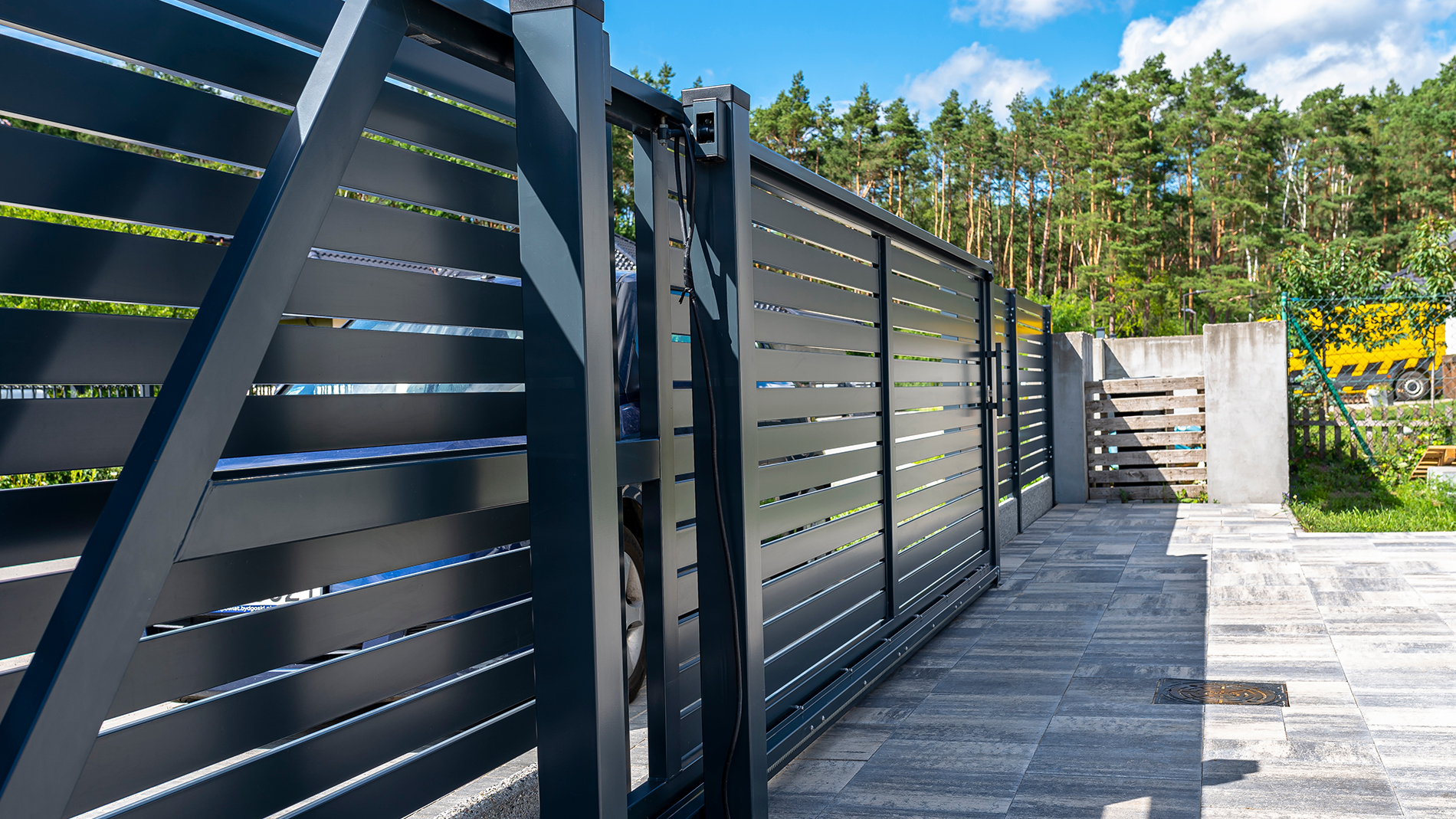
In an era marked by escalating security challenges and rapid technological advancement, traditional perimeter defence systems are increasingly suffering from a lack of flexibility. The rise of smart fencing – a new generation of perimeter security technology – is driving a fundamental shift from reactive to proactive security strategies. By integrating advanced sensors, AI-powered analytics, and real-time monitoring, smart fencing is redefining how organisations detect, deter, and respond to threats.
Beyond Walls: Problem with Traditional Perimeter Security Setups
Historically, perimeter security has relied heavily on physical barriers – chain-link fences, concrete walls, etc, paired with CCTV surveillance for basic observation capabilities. While these measures provide a viable first line of defence, they are inherently reactive. Intrusions are usually often only detected after they occur – when an alarm is triggered or footage is reviewed post-incident.
At best, operators may witness an intrusion live on CCTV, but this still puts them on the wrong foot as they coordinate a response. This approach is not only inefficient but also costly. Security teams are left scrambling to respond to breaches that could have been prevented with earlier detection or predictive insights.
Smart Fencing: A New Security Paradigm
Smart fencing solves these issues by embedding intelligence into the perimeter itself. These systems use a combination of technologies – fibre-optic sensors, LiDAR, ground radar, AI video analytics, and thermal imaging – to detect and classify potential threats in real time. The result is a proactive security system that can assess suspicious activity before a breach occurs.
Instead of simply triggering an alarm when a fence is cut, a smart fence might detect unusual vibration patterns or motion near the fence line and alert security teams to investigate early. Integrated with command-and-control platforms, smart fencing systems can provide a layered, automated response, including spotlight activation, camera zoom, and even voice alerts.
Proven Applications – Real-World Deployments
NEOM, Saudi Arabia: The ambitious NEOM project in Saudi Arabia –envisioned as a futuristic, AI-driven mega-city – is a prime example of proactive perimeter security. Given its scale and strategic importance, NEOM incorporates advanced smart fencing systems with embedded AI and drone integration. These systems provide 24/7 situational awareness, enabling early detection of both environmental hazards and human intrusions. The proactive model not only enhances security but also aligns with NEOM's broader vision of sustainability and technological integration.
Hamad Port and Industrial Zone, Qatar: Qatar’s Hamad Port and its surrounding industrial areas have embraced smart perimeter security to protect critical logistics and infrastructure assets. Deployed solutions include intelligent intrusion detection systems using buried fibre-optic cable sensors, radar-based tracking, and centralised AI analytics. The smart fence system can even differentiate between human, animal, and vehicle movement –drastically reducing false positives and enabling predictive security management. Qatar’s focus on smart infrastructure, especially in the lead-up to major international events, has driven increased adoption of such systems.
Dubai Airport (DXB), UAE: Dubai International Airport, one of the world’s busiest aviation hubs, has adopted smart fencing as part of its broader airport security upgrades. Utilising a mix of radar sensors, thermal cameras, and AI-powered analytics, the fencing system can detect and assess perimeter anomalies – whether it’s a stray animal or the movements of unauthorised personnel. These smart solutions are integrated into a centralised control centre, allowing for rapid, coordinated responses across multiple agencies.
Mindset over Materials
The shift toward smart fencing is not simply about leveraging emerging technology – it’s about fundamentally changing the security mindset of critical infrastructure and broader commercial assets. With threats ranging from direct physical intrusions to data centre sabotage, the ability to prevent rather than respond has never been more crucial.
Moreover, the return on investment is increasingly compelling. By reducing false alarms, optimising personnel deployment, and minimising damage from intrusions, smart fencing lowers long-term operational costs. And with AI models becoming more refined, these systems are getting better at distinguishing real threats from benign activity, an issue that traditional setups routinely struggle to differentiate.
Review, Refine, Recalibrate
Despite its benefits, smart fencing is not a silver bullet capable of stopping all current and future threats in their tracks. Successful implementation requires integration with other security technologies and protocols. Privacy concerns – especially for systems which utilise facial recognition and behavioural analytics – must also be managed carefully to ensure that their operators are ahead of the regulatory compliance curve.
Deployment of such systems can also be capital-intensive, and organisations must balance upfront costs with long-term savings and risk mitigation. Partnering with the right technology providers, and ensuring proper training for personnel, are critical considerations needed to realise the full benefits of a technologically smart perimeter.
Diverse Threat Landscape Fuels Demand
As urban centres expand and critical infrastructure becomes more interconnected, the demand for smart, scalable perimeter security will continue to grow. Smart fencing offers a blueprint for how to secure the perimeters of tomorrow – with walls that are not just higher or thicker, but more intelligent, and more responsive.
In the Middle East, where strategic assets, high-profile events, and infrastructural ambitions frequently converge, smart fencing is already demonstrating its value. The future of perimeter security is not just about keeping threats out – but anticipating them before they arrive.